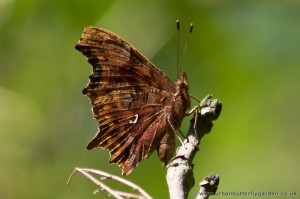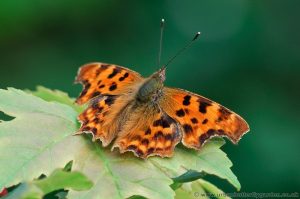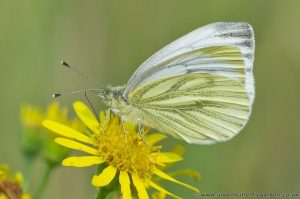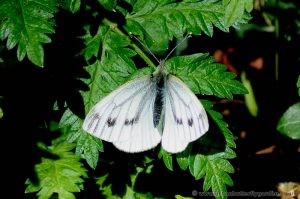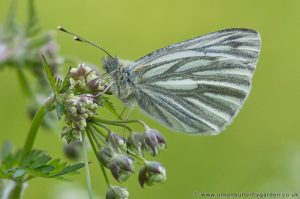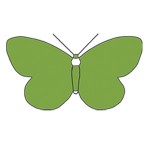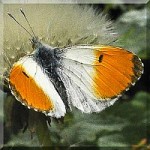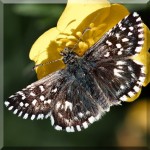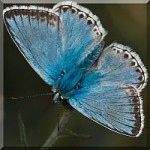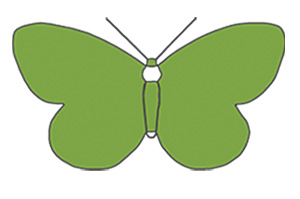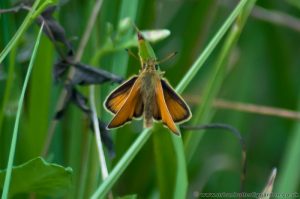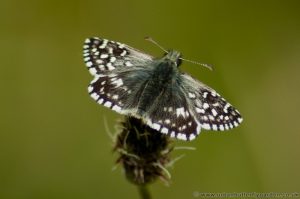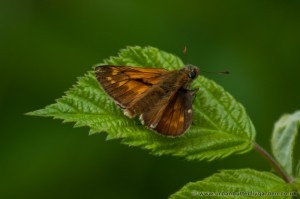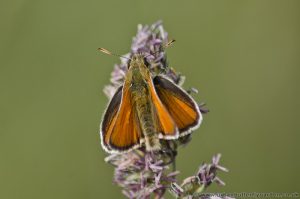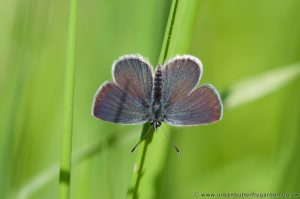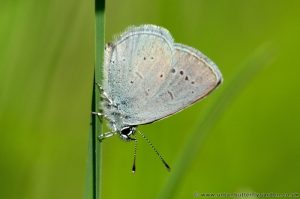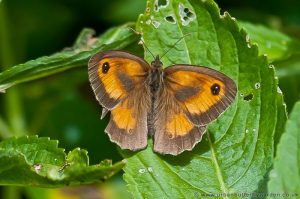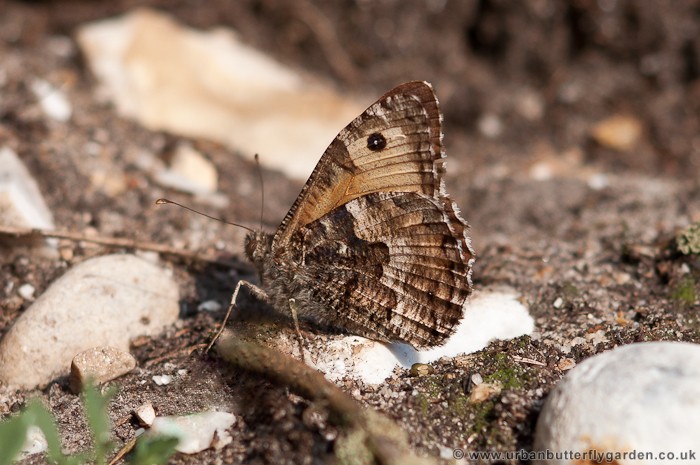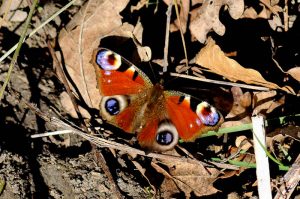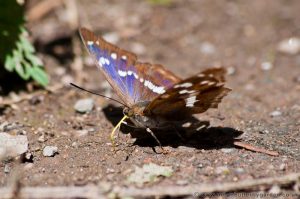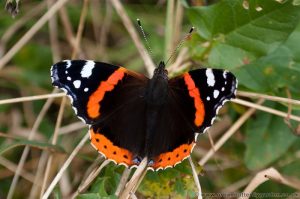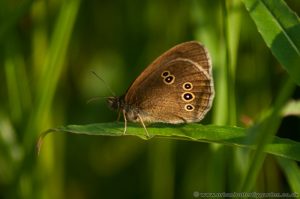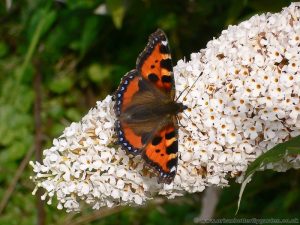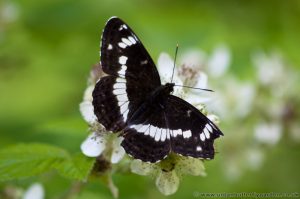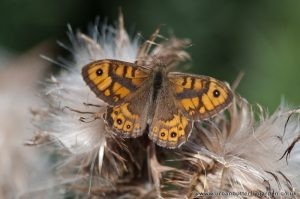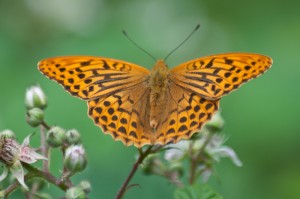The Comma Butterfly is quite distinctive in appearance, its bright orange and brown colouring and unusual jagged wing shape make it quite easy to identify even from some distance.
Widespread across England and Wales, Comma Butterflies can often be seen in woodland clearings, on open rides, hedgerows and maybe even in the garden. They can be seen on the wing from early March to September, often in a sheltered sunny spot basking in the warm sunshine.
The males are often quite territorial and may be seen patrolling a section of hedgerow or woodland path sometimes quite boldly making their appearance known to other male Commas.
The Comma may also make an appearance on quite cool days with intermittent sunshine, sometimes resting hardly noticeable wings closed in the subdued sunlight, taking flight at even the slightest disturbance heading upward to find a safer perch.
Upper-wings: are orange with dark brown markings. Under-wings are mottled browns with a small white comma shape marking, from which it gets its name.
Comma Quick Info
- Family Group: Nymphalidae – Browns
- Wingspan: approx 45mm
- Caterpillars feed on: Stinging Nettle (urtica-dioica), Hops and Elm.
- Adults Nectar on: Bramble flowers, Ripe Blackberries, Ragwort
- Adults Nectar in the garden on: Buddleia (mostly-yellow or White!), Rudbeckia
- Photographs: Top right – Left – June 2011.
- Location: My garden, and out on a local walk.

